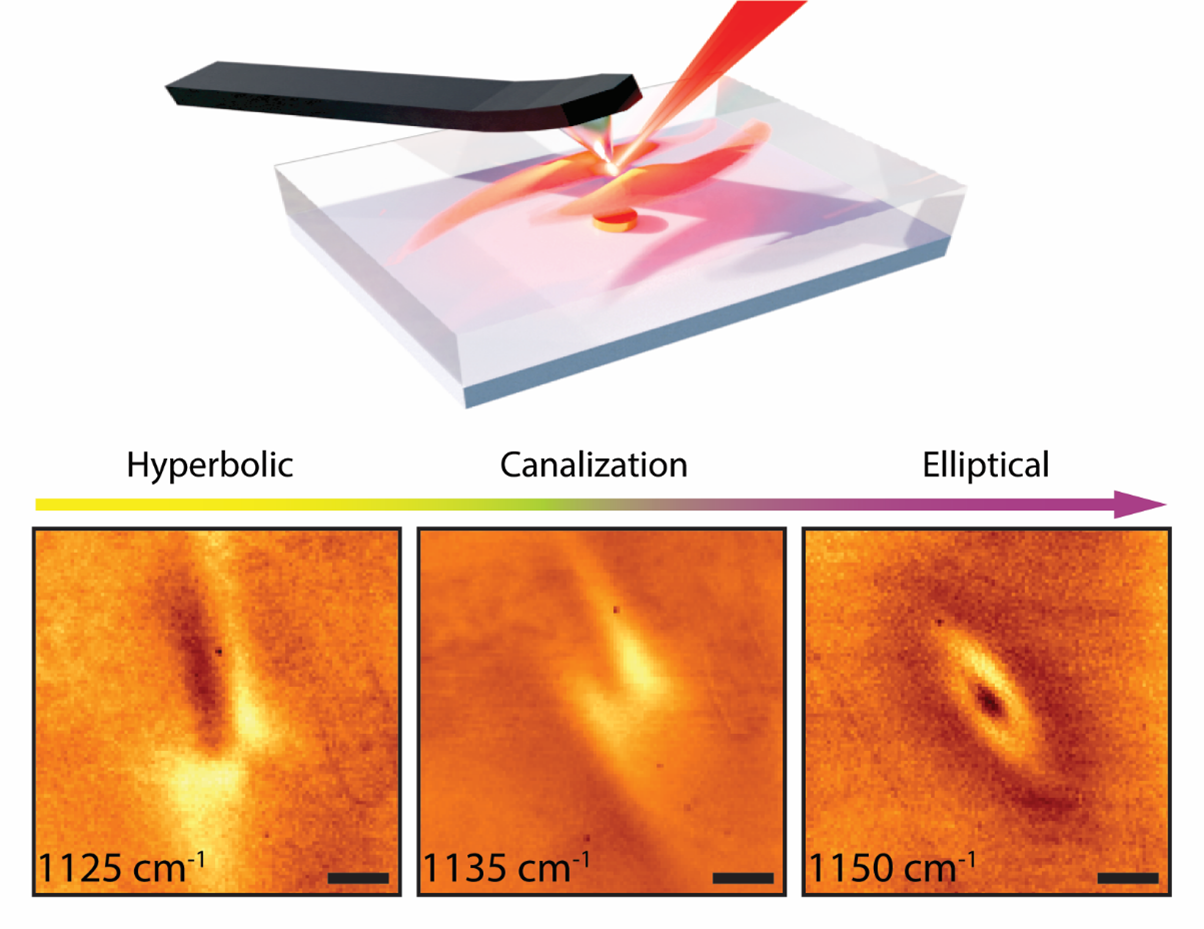Scientists Just Found a Strange New Way Light Moves Through a Common Wall Mineral

We usually think of gypsum as little more than construction filler, used in plaster, drywall, and even toothpaste. But beneath its bland exterior, this common mineral just revealed an optical secret that has physicists scratching their heads.
In a new study published in Science Advances, researchers at the University of Manchester’s National Graphene Institute, along with colleagues from the University of Oviedo, discovered that light travels through gypsum in a way never seen before in a natural material.
This unexpected twist wasn’t stumbled upon by accident. The team was exploring layered minerals, crystals with internal structures arranged in neatly stacked sheets, when they noticed something strange. When light passed through gypsum, it didn’t behave as expected. Instead of bending or slowing in a typical fashion, it exhibited anomalous dispersion, a phenomenon where different wavelengths of light travel at wildly different speeds, creating interference patterns and shifts that could revolutionize photonics.
“We’ve found that gypsum behaves like a ‘natural nanophotonic crystal’,” said lead author Dr. David G. Purdie from Manchester. “This is a game-changer for how we might manipulate light on the nanoscale.”
The peculiar effect comes from gypsum’s layered lattice of calcium sulfate molecules and water, which can interact with electromagnetic radiation in precise, tunable ways. What makes this discovery even more thrilling is its potential real-world application.
Until now, scientists have relied on synthetic photonic materials, engineered at great cost, to achieve these kinds of light-manipulating behaviors. But if gypsum, a cheap and abundant mineral, can mimic or even improve upon these systems naturally, it could open the door to low-cost optical devices, including:
Miniaturized sensors
Quantum computing components
Advanced telecommunications systems
This study adds gypsum to the growing list of ‘ordinary’ materials hiding extraordinary quantum and optical properties, and further cements Manchester’s reputation as a world leader in materials science.
Researchers are now exploring whether other layered crystals, like those used in batteries or semiconductors, might host similar surprises.
“This is a reminder,” the authors write, “that even the most familiar materials can behave in unfamiliar ways when seen at the right scale.”